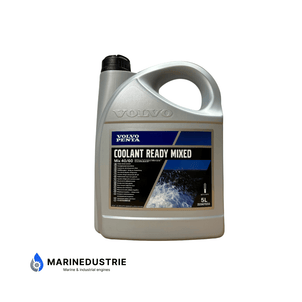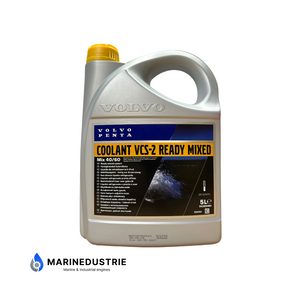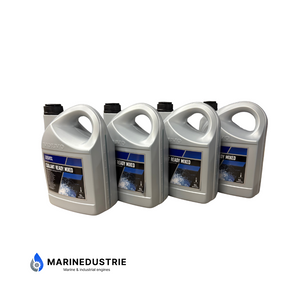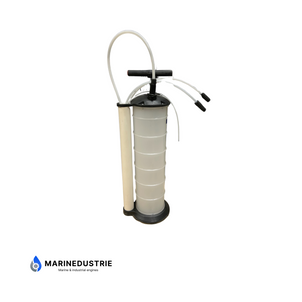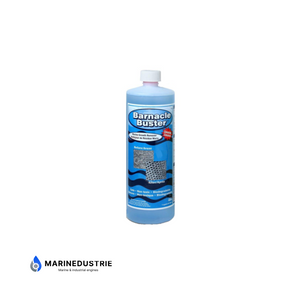Diagnosing a Defective Starter Motor for Marine and Industrial Engines
Regularly replacing the coolant in your Volvo Penta engine is crucial. Failure to do so could result in cooling problems and costly repairs.
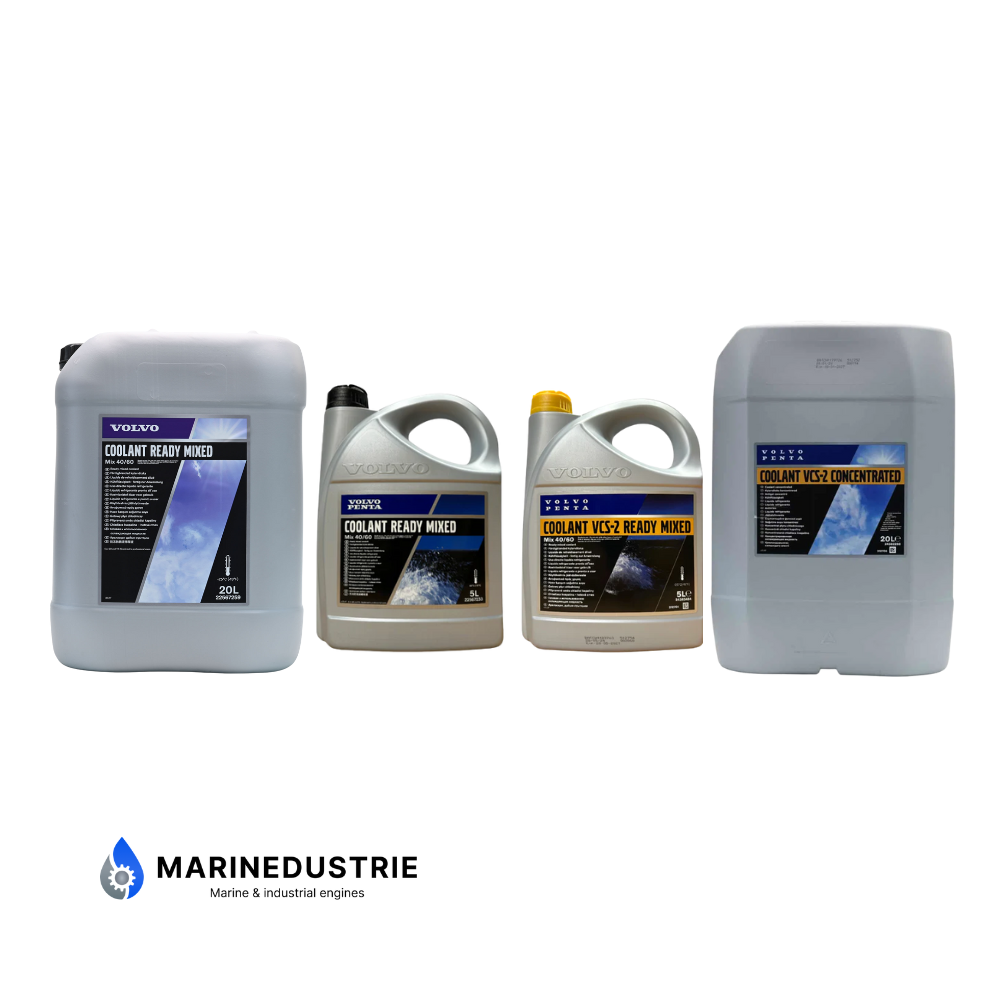
Regularly replacing the coolant in your Volvo Penta engine is crucial. Failure to do so could result in cooling problems and costly repairs.
Which coolant should I use for my Volvo Penta engine? We get this question a lot at MarineDustrie . In this blog post, we'll tell you everything you need to know about the different types of Volvo Penta coolant , how to use it, how to replace it, and how often to change it.
Base: water + ethylene glycol/propylene glycol
Additive packages: IAT / OAT / HOAT
OEM Specifications Volvo Penta (VCS/VOA: VCS-2 (Yellow) and Coolant-Ready-Mixed (Green) Non-OAT
Always refer to the OEM specification on the nameplate/manual -> Refer to our search tool.
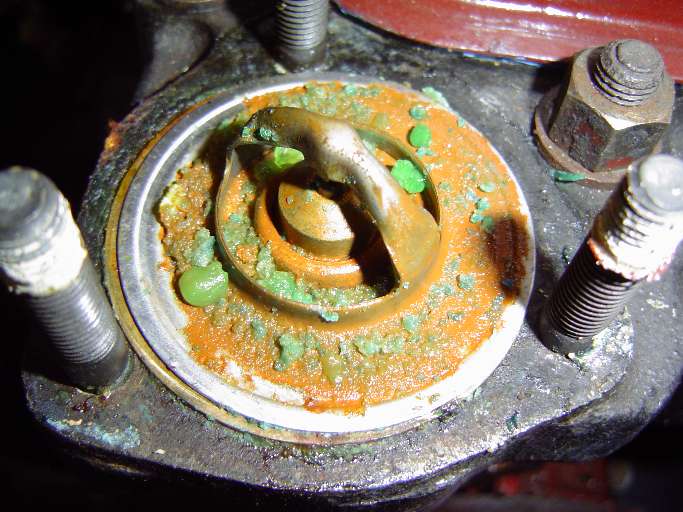
Can I mix green and yellow/green coolant? → No, always flush when changing.
Is color the leading factor? → No, follow OEM specifications.
How do I measure freezing point? → Refractometer.
What if I don't know what's in it? → Use a full rinse and the correct specification.
